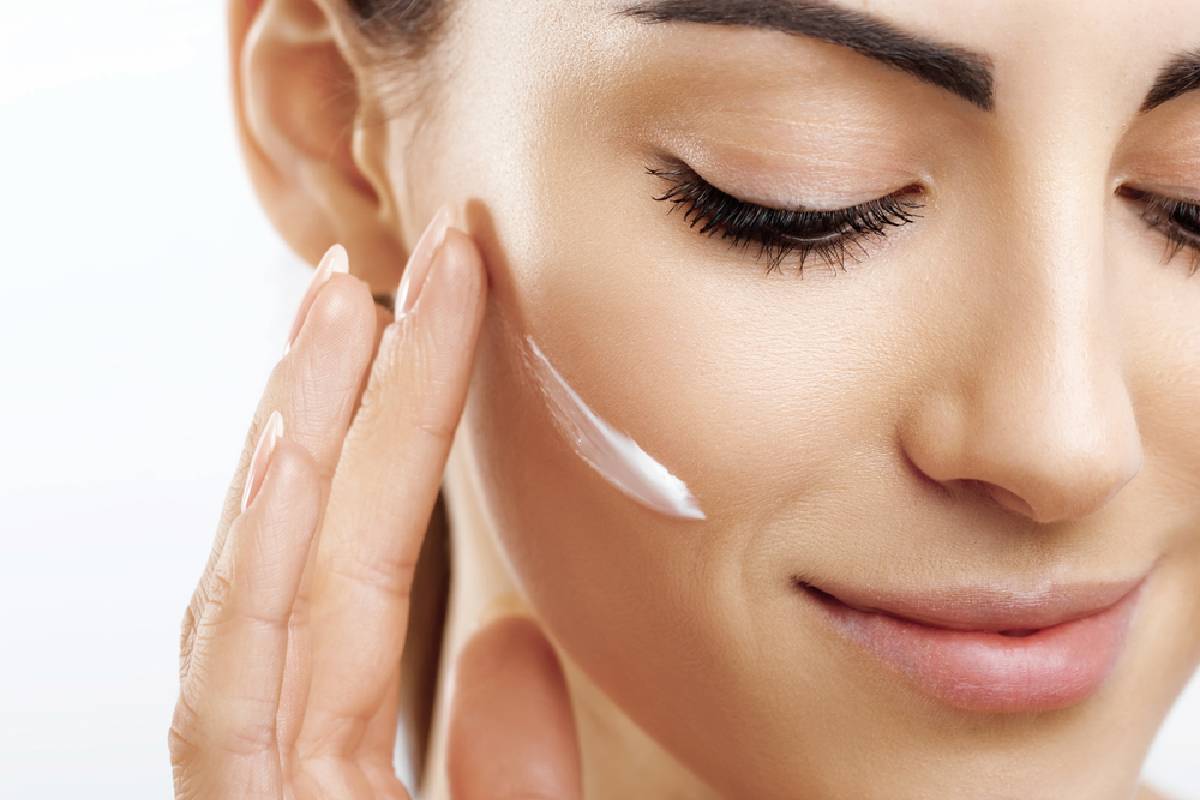One of the most effective substances to reduce indications of ageing is tretinoin (Retin-A). With Retin-A you can never go wrong. It works to improve skin tone and texture, reducing ageing symptoms and maintaining youthful skin. Retin-A also aids in the lightening of pigmentation and dark patches on the skin. Despite the fact that tretinoin is highly powerful, you must be patient to see results. Retin-A should have a permanent place in your anti-aging skin care regimen.
What Does Tretinoin Or Retin-A Mean? Exactly how does it affect your skin?
The retinoid family includes tretinoin, also known as Retin-A. Retinoids are typically applied topically to the skin to treat conditions including acne, melasma, psoriasis, etc. The most researched retinoid is tretinoin. The potential of Tretinoin to treat photoaging was only realised in 1984. Researchers examined the effects of tretinoin on mouse skin, discovering that it enhanced collagen formation and decreased wrinkles and fine lines .
The study found that while though topical retinoids like tretinoin may help reduce wrinkles and other indications of ageing, they can also have unpleasant side effects like redness and/or dryness .
While tretinoin has an immediate impact on your skin, you won’t notice significant improvements until several months have passed. According to a study, tretinoin helped participants’ clinical indications of photoaging, however after six months of consistent use, differences were noticeable. The participants were subsequently asked to use the cream one to three times per week for an additional six months of the trial. The outcomes revealed more advancements in the total photoaging symptoms .
Retin-A shouldn’t be used throughout the day. Always use the cream at night, just before bed. This makes sure the medication has time to be absorbed by your skin and increases its effectiveness.
Retin-A should not be used with benzoyl peroxide. It is preferable to avoid using it in conjunction with acid-based products like salicylic acid, glycolic acid, and vitamin C. Allow at least 15 minutes to pass after applying any other skin care product before applying tretinoin if you plan to layer them both.
How Long Does It Take For Tretinoin To Work?
The actual findings won’t show for several months.
In order to see visible improvements in the skin, tretinoin medication should be sustained for at least six months. According to a study the individuals noticed no appreciable change in the appearance of their skin initially. However, new collagen fibres emerged after a year, and researchers saw a general improvement in their skin.
Side Effects Of Tretinoin
Retinoids take some time for your skin to get used to. You can experience the following negative effects when using tretinoin for the first time: Skin sensitivity, Irritation, stinging feeling, Itching \Scaling, slight burning.
Introduce it gradually to your skin. For the first two months, establish a twice-weekly schedule and stay with it. Additionally, you can speak with your doctor to seek advice on how to use it correctly.
The doctor might advise you to cease using Tretinoin for a period of time prior to and following the face treatment because it may interact with other skin treatments.
If you’re expecting, stay away from tretinoin.
Your skin becomes exfoliated and more sensitive to the sun when you use retinoids like tretinoin. Use sun protection and avoid prolonged sun exposure to protect your skin from harm. When spending time outside, use sunscreen with at least SPF 30 and think about donning a hat.
